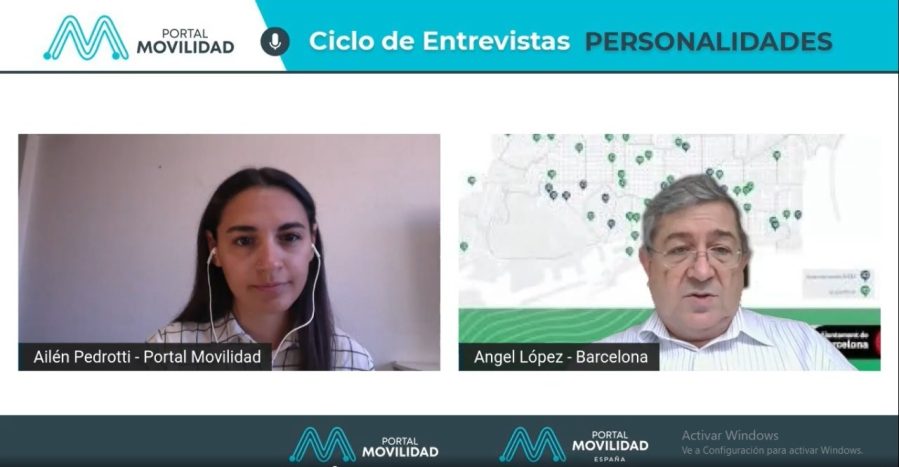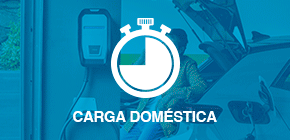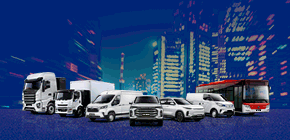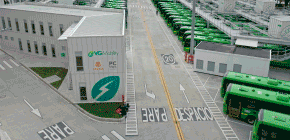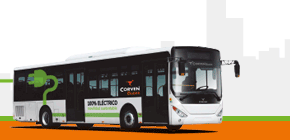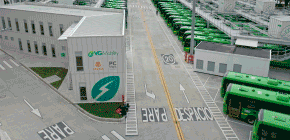The city of Barcelona has around 600 low-power public charging points and 40 fast charging points. The city is one of the most important in terms of electromobility in Spain and is looking to continue growing.
«Within the short-term objectives, such as 2024, we aim to have the capacity of up to 3,000 charging points,» says Ángel López Rodríguez.
In a new cycle of «Personalities» of Grupo Portal Movilidad, where the leading figures of the electromobility sector are present, the Director of the Electric Mobility Strategy of the Barcelona City Council comments on the city council’s plans.
«We are sure to have 2,000 charging points because that is what is committed in the investment and the rest will be predisposed,» he says.
López Rodríguez explains that one of the main difficulties in implementing the points is «the availability of power in the network».
Within the strategy proposed by the city council, there are four levels of action, which are different times when vehicles stop to charge.
Firstly, the Director of the Electric Mobility Strategy identifies domestic charging and charging at work, «places where the vehicle remains stationary for a long time».
«Then we have other places where, occasionally, someone visits and you are an hour or two away», such as shopping centres, hospitals, restaurants and universities, in other words «places where you are only there for a couple of hours».
These are referred to by the Barcelona City Council as destination or opportunity recharging points.
In a third area are the «emergency or support charging points for professionals», where chargers of around 50 kW are located that allow you to charge 100 km in just 20 minutes.
A fourth area is where the city council, according to López Rodríguez, «does not want to get involved as a public administration», which would be the ultra-fast recharging points, of more than 150 kW, normally located in the metropolitan area or on long-distance routes.
The Director’s intention in these first three areas is linked to the opportunity for there to be around 3,000 recharging points, of which approximately one hundred will be for emergency charging, i.e. 50 kW.
«We think that it is not so much the number that is important, but the power installed,» explains the Director of the Electric Mobility Strategy, adding that «there is a certain consensus that one kilowatt of power installed for each electric vehicle is necessary».
Low Emission Zones and their legal support
Barcelona is one of the cities that promotes Low Emission Zones (LEZ) and is also one of the first to sign up to start implementing them in Spain.
This LEZ was applied in an area of more than 90 square kilometres, which meant all of Barcelona and some parts of other metropolitan municipalities.
«It was intended to apply very restrictive measures on highly polluting vehicles, as it has been very hard. Now the exemptions that were made, for example, for passenger and goods transport vehicles, are starting to expire», the Director comments.
To this he adds that «a lot was learned, but there were many sectors very affected by the low emission zone», explains López Rodríguez.
During this period in which the LEZs have been in operation, the sectors that were harmed in their business have filed complaints.
In addition, there was a debate in the High Court of Justice of Catalonia, which gave them «half a reason».
«I think it’s important whoever wants to give their opinion on the legal side of the low emission zones,» explains the representative of the Barcelona City Council.
But, he clarifies that «the complete sentence never discusses the virtue of the necessity of the low emission zone, what it questions is the opportunity and the extent of the communication of how they were implemented».
«We needed the support of a Royal Decree, legally we have had little support and perhaps it will have to be reviewed,» said López Rodríguez.
The Sustainable Mobility Law, which aims to regularise the ZBEs in a linear manner throughout Spain, as well as other changes, is currently in the process of being appealed.
Barcelona, a city unfriendly to sharing
«I am not convinced of shared mobility as it is presented to us», says the Director of the Electric Mobility Strategy.
According to the figures presented by López Rodríguez himself, each electric car used for carsharing has only four daily uses of approximately 20 minutes, which means two hours of daily use.
«Other private vehicles are also used between one and two hours, so the fact that there are four short uses is telling me that this does not solve the problem,» the director said.
He adds: «I don’t know where the business comes from, but having a vehicle idle for 22 hours is not a business».
To this he adds that, from his point of view, in Barcelona there are models of mobility «much more efficient in the use of public space» such as taxis, which he sees as being autonomous in the future.
Another point he points out that seems to him to be more efficient than sharing is public transport, «that is indeed shared», he says, adding that «it is running for 16 hours and is offering transport to 12,000 to 15,000 people».
«We are not a sharing-friendly city», says the Director of the Electric Mobility Strategy.
Despite this, the city does have electric scooter sharing right now and is currently facing some problems due to the increase in requests for licences. To which López Rodríguez says that «in the end, four or five companies will survive».
Other models of shared mobility, such as the scooter, have appeared in Barcelona but are not allowed because «we don’t know how to regulate them», explains the Director. But, «on the other hand, the private scooter is a brutal success».



